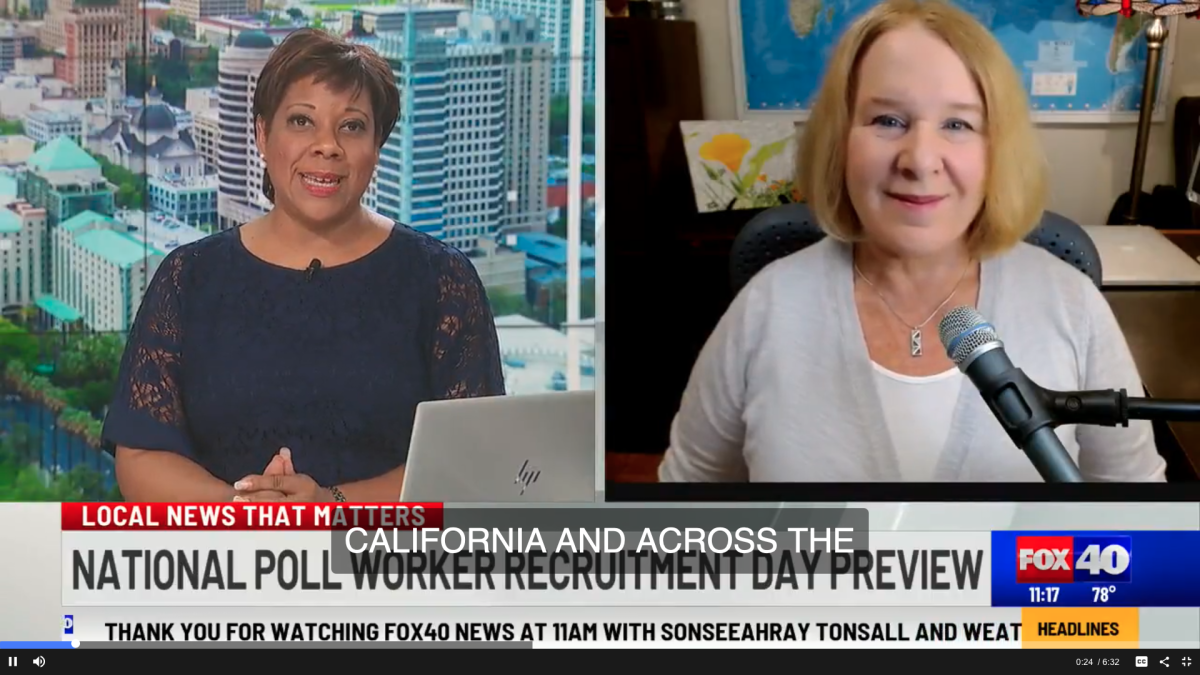Excerpt:
It may be hard to believe, but the 2024 general election is just a few weeks away. And if you’ve registered to vote, your ballot should be landing in your mailbox very soon if it hasn’t arrived already.
But even for seasoned voters, this year’s California ballot might contain a few surprises that could leave you looking twice — or even wondering if there’s a misprint on your ballot.
“There are a number of tricky landmines on the ballot that you need to navigate as you’re working your way through,” said Kim Alexander, president of the nonpartisan California Voter Foundation. And when it comes to the not-so-intuitive aspects of voting, Alexander said the message her organization is “always trying to get across is: it’s not you. It’s the elections process, which is unnecessarily mysterious.”
2024 VOTER GUIDE: CALIFORNIA, BAY AREA AND NATIONAL GENERAL ELECTION


